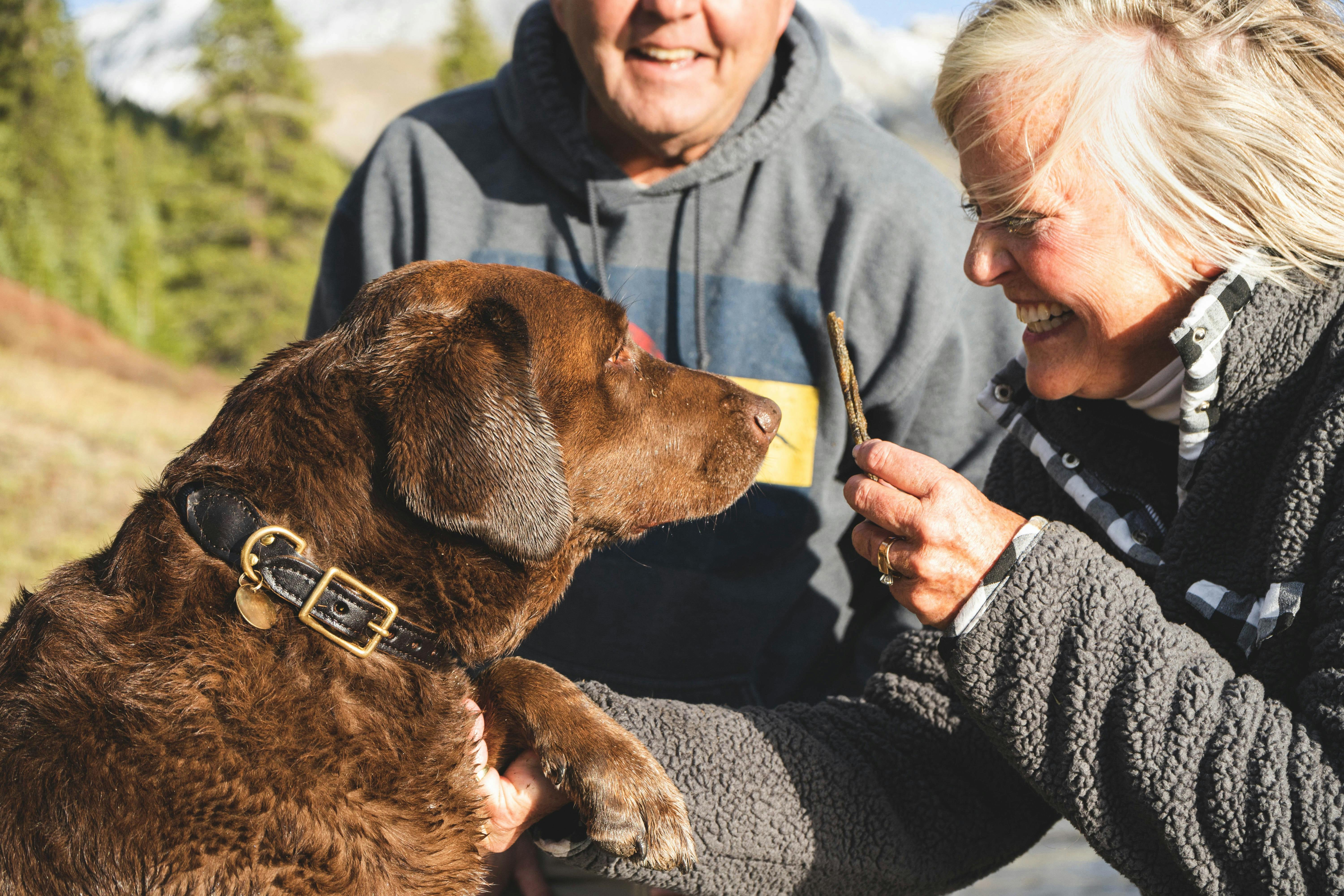Canine seizures are a scary thing for any pet parent to experience. No one wants to see their pet in a
seizure episode, but it's important to prepare in the event one happens — and unfortunately, you never know when an episode may strike. These top 10 tips for caring for dogs with seizures will help you prepare for, deal with, and maybe even prevent seizures in your fur-baby.
#1. Know the warning signs
Knowing the warning signs of seizures can help you keep your pet safer when the active seizure phase begins. Some of the signs of an impending seizure are:
#2. Stay on top of Spot's medication
Medication is one of the most important treatments for seizures, but it's only as effective as you are at administering it. Staying on top of the medication schedule and ensuring your dog gets it down is crucial. Make sure you follow the medication instructions exactly. If you can give the medicine with food, consider wrapping the pill in cheese or meat to increase palatability.
If you must give the medication on an empty stomach, you may have to physically place the tablet in the back of your pup's throat or invest in a "pill gun" which shoots the pill into place for your pet to swallow it.
#3. Research the specific type of seizures your dog has
There are many different types of seizures. Knowing what each type of seizure looks like will help you to recognize them since seizures don't always look like what you see on TV.
The two most common types of seizures are general and partial (also called focal) seizures, but even these have subtypes. General seizures involve the full body, whereas focal seizures only affect one side.
Some types of seizures, like psychomotor seizures, can cause behavioral disturbances in canines. Dogs may act strange or even aggressive before, during, or after an episode. This isn't an indication that your dog is becoming violent — it's simply a side effect that's out of their control.
When a dog has a seizure for more than 5 minutes, they're considered to be in status epilepticus, which can be deadly if left untreated. Status epilepticus differs from cluster seizures, which involve multiple seizures within a single day, but these two conditions aren't mutually exclusive.
As you can see, seizures come in many forms, and it's important to familiarize yourself with the specific types to better assist your fur-baby.
#4. Know the stages of a seizure
The 3 phases that comprise seizure activity are the pre-ictal (aura), the ictal, and post-ictal phases. The pre-ictal phase happens up to a full day before the actual seizure and is usually a period of anxiety for the dog. Your fur-baby may whimper, tremble, and want to be near you at all times during this phase. However, some dogs don't show any symptoms at all before a seizure.
The ictal phase is when the actual seizure occurs and is marked by convulsions, limb movement, drooling, and elimination. The ictal phase can last just a few seconds or for many minutes.
The post-ictal phase occurs after the convulsions have ended. Pets may act different: lying around, not eating, or eating more than usual. Your pet may seem confused or disoriented and sleep a lot. Some pets also suffer from temporary blindness during this phase.
#5. Clear the area around them
The last thing you want is your dog to injure themselves while seizing, so it's important to clear the area around your pup during a seizure. Move them away from any furniture or sharp objects and try to keep them in one place. This can prevent them from knocking into something or from something falling on their head while they're convulsing.
#6. Keep Fido comfortable
Seizures are as scary for pups as they are for pet parents, but there are some things you can do to help reduce the stress. Very gently hold your pup and reassure them in a soft voice to keep them calm during the episode. Some dogs overheat when they're seizing, especially when the episode is longer than a couple of minutes. Make your dog more comfortable with a cool, wet cloth and a fan.
#7. Clean them up if they lose control of their bowels and bladder
Often dogs will lose control of their bowels and bladder when they have a seizure. It may be beneficial to have an emergency seizure kit nearby with towels and wipes to make cleanup easier if your pet has a seizure.
#8. Know your pet's triggers
Knowing your pet's triggers can help you avoid future seizures. These are a few known triggers that can cause seizures in dogs:
#9. Leave your dog in a safe space when you're away
It's important that you leave epileptic dogs in a safe space in case they have a seizure while you're away. If possible, pad your dog's crate with blankets or pillows. Alternatively, you can place them in a large open room without furniture or sharp objects that your pet could bump against if they were to have a seizure.
#10. Contact your vet
Contact your vet anytime your pet has a seizure, particularly if it is a new occurrence or the episode lasts more than 5 minutes. Prolonged seizures can cause
hyperthermia and
brain damage and may be life-threatening without prompt treatment.


